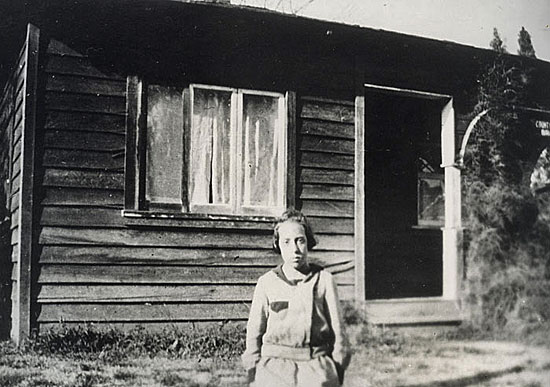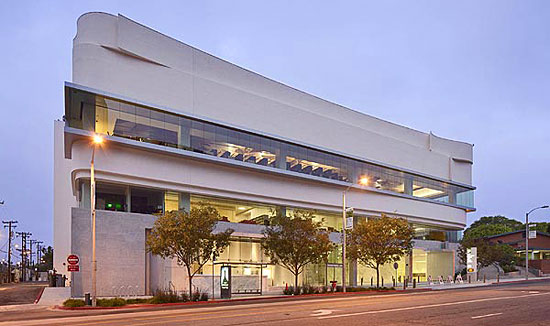Happy 100th birthday—now shhh!
September 6, 2012

The first branch of the L.A.County library opened in 1913 in the Willowbrook home of Belle Jenks, seen here.
Party in the stacks! The County of Los Angeles Public Library is celebrating its 100th birthday this week, with tributes that range from flash mobs to free cupcakes.
“Every one of our libraries will have its own party on Saturday,” County Librarian Margaret Donnellan Todd says. “There will be a huge variety of things—performances, story times, birthday cards, book giveaways.”
The library is asking readers to help compile a list of the 100 all-time favorite books in L.A. County, and has posted a “100 Things Challenge” in honor of the milestone anniversary.
Contestants already have posted photos of 100-item compilations both light (ducks, fingers, pennies) and literary (books, stamps, bookmarks). Meanwhile, a group of teenagers has put out a call for a flash mob to do a “Call Me Maybe” parody video at the El Monte branch library.
Born of a state law passed to bring libraries to the then-sparsely-populated parts of California, the county library has grown through the decades to become one of the largest library systems in the nation. Its 85 branches and 7 million-plus books and other items serve 3.5 million county residents.
It opened on Sept. 5, 1912, in a small room on the 10th floor of the downtown Hall of Records. Less than a year later, it had its first branch—a 50-volume collection in a house in Willowbrook. The homeowner, Mrs. Belle Jenks, would later report that, within the first two months, she had registered 63 borrowers and collected 60 cents in overdue book fines. She went on to serve as a community librarian for more than three decades.
The library went on, too, surviving earthquakes, wars, riots, Y2K and the Great Depression. (You can read all about it on the library’s centennial list of 100 historical factoids.)
The library branches served as civil defense centers during World War II and stocked up on “how-to” books for returning job seekers after the war ended. It expanded into isolated rural areas in the 1940s and ‘50s with bookmobiles in the Antelope Valley, and reached out to isolated urban readers in 2000 with bookmobiles in low-income parts of Los Angeles.
In the politically active 1970s, the library opened Chicano, Asian Pacific, American Indian and African-American resource centers. And as immigrants flocked to Los Angeles in the 1980s, it launched language learning centers. In the 1990s, the library expanded service via the Internet. Today, book and music downloads are among its most popular offerings. There’s even a county library cell phone app.
Library lovers can click here to find the nearest centennial events, which will run throughout the week.
“It’s kind of amazing to think that we’ve been such a part of Los Angeles for so long,” Todd says, “but our basic mission hasn’t really changed. We’re still here to provide literacy and learning and culture to everyone in Los Angeles County, for free.”
Posted 9/6/12













 405 bridge work causes a stink
405 bridge work causes a stink
